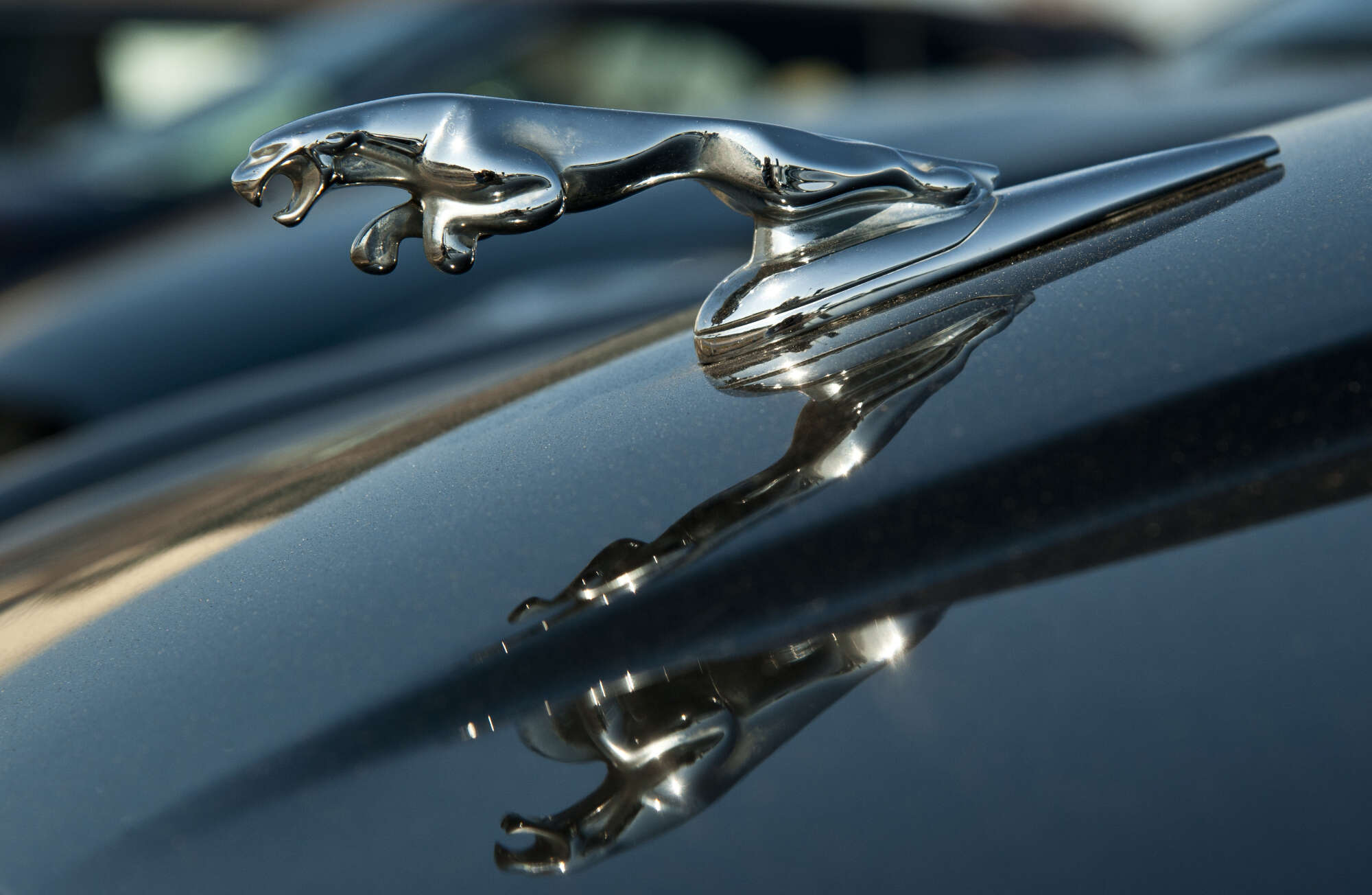
Since joining Jaguar Land Rover (JLR) in 2018, Harry Powell has overseen the transformation of the UK carmaker’s data analytics function from a gaggle of graduates to a team of “stormtroopers” focused on business value. As he prepares to move on to his next role, Tech Monitor spoke to Powell about the cultural changes he instigated, his team’s greatest successes – including a machine learning model that identified billions of pounds in unsold inventory – and the legacy he leaves behind.

Data analytics teams must be ready to challenge the business, says JLR’s outgoing analytics chief Harry Powell. (Photo by WendellandCarolyn/iStock)
Building a data analytics team at Jaguar Land Rover
A physicist by training and former head of advanced analytics at Barclays Bank, Powell joined JLR six months after its analytics team was created. The company had hired around 30 people, mostly graduates, and set them the target of creating £30m in business value, “which was seen as an enormous target at the time,” Powell recalls.
What Powell brought, he says, was a focus on business value. “With so much work to do, and such a small and relatively inexperienced team to do it, the big risk was running around doing interesting analytical work, but not actually changing the business,” he says.
Powell structured the division around four functions: analytics, data science, data engineering (“which had not really existed before I arrived,” he recalls), and ‘data transformation’, with a dedicated team focusing on data-led transformation of the company.
But the key to instilling a focus on business value has been cultural, not organisational, change. It has three components, Powell explains, the first of which is simplicity. “We keep everything really simple,” he says. “How little can we do in order to get to value?”
You’ve got to be out there challenging [the business]. We’ve created a team of young graduates who are completely unfazed by hierarchy.
The second is what Powell calls ‘challenge’ – the propensity of the analytics team to challenge the status quo within JLR. “You’ve got to be out there challenging [the business], in a polite and clever way,” he says. “We’ve created a team of young graduates who are completely unfazed by hierarchy.”
The third component is ownership: members of the analytics team take responsibility not only for the quality of their analysis, but also its impact on the business. “You’ve got to own what you’re doing,” Powell says. “It’s not like, ‘I did the analytics, but no one implemented it’. We’ve got to make sure that the whole thing happens.”
Added to these cultural characteristics is a commitment to innovation. “If you’re not careful, a team like ours will end up only doing work that the business asks for, and that will pin you down in terms of the value you can create,” Powell explains. Instead, he assigned 30% of his team to “really important stuff that the business wasn’t asking for,” he says. “By the way,” he adds, “I didn’t tell my boss.”
Machine learning at Jaguar Land Rover
This approach gave rise to one of the JLR analytics team’s greatest successes to date, a machine learning model that estimates -– to a high degree of probability – how many vehicles the company sold on the previous day.
This is something the company could not previously assess, thanks to the wide variety of revenue recognition rules across its global divisions. And before the pandemic, “the business didn’t think it needed to know”. Instead, the finance team took ten days at the end of each month to reconcile its global sales figures.
But when the pandemic struck, upturning both supply and demand, assessing inventory every day became essential. “We needed to know where our cars were and what we were selling them for,” Powell says.
The data science team therefore built a machine learning model that incorporated each division’s rules and processes in order to estimate total daily sales. The estimate is over 99% accurate, says Powell, but the business still took some persuading to act on an AI-powered prediction. “That was a big cultural shift for parts of the business,” he says.
The model allowed JLR to identify “billions of pounds in inventory that was not shifting,” Powell says. “We shifted it, and effectively turned that into cash, which helped us survive.”
Another machine-learning success was JLR’s sales forecast. “Forecasting is important for an automotive manufacturer,” Powell explains. “You have to tell the factory how many cars to make, and you have to tell it quite a way in advance. It’s like turning a supertanker.”
A predecessor had tried to use machine learning to improve forecasting but had taken a simplistic approach, Powell says, namely to “chuck a whole bunch of data into a model and hope something comes out right. [But] I have a real problem punting the future of the company on something you don’t understand.”
Instead, Powell’s team took a more ‘econometric’ approach, he says, incorporating market dynamics into its forecast. “You’ve got to think about how supply affects demand,” for example. “You create a series of hypotheses about how things work. That makes the data you have much more effective and much more explainable.”
Forecasting became “incredibly important” at the end of 2018, says Powell, when the company’s sales forecast fell drastically short of its targets. “There was a disagreement at the board level as to whether we should stick to our plan [or cut production].” It was the new, econometric forecast that persuaded the board to do the latter, Powell says – a watershed for data science at the company.
What makes a highly effective data analytics team?
Powell is leaving JLR in January 2022 to join a technology vendor. Notwithstanding these success stories, he believes his most significant impact on the company is the team he leaves behind. “The biggest legacy is the [graduates] we brought into the team,” he says. “Some of them are four years in, and they’re really good.”
Data analytics teams need to be experts at reconciling “doubt and action,” says Powell. “You don’t know anything for sure but you have to do something.” Instead of hiring more experienced data scientists, Powell’s approach has been to develop a cohort who are confident “going into situations where no-one knows what to do, understanding them from both an analytics and a stakeholder point of view and saying: ‘This is what I’m going to do because this is what the evidence says. And if I’m wrong, I’ll change tack.’”
The data analytics team Powell leaves behind at Jaguar Land Rover, he says, are “stormtroopers of doubt and action”.






